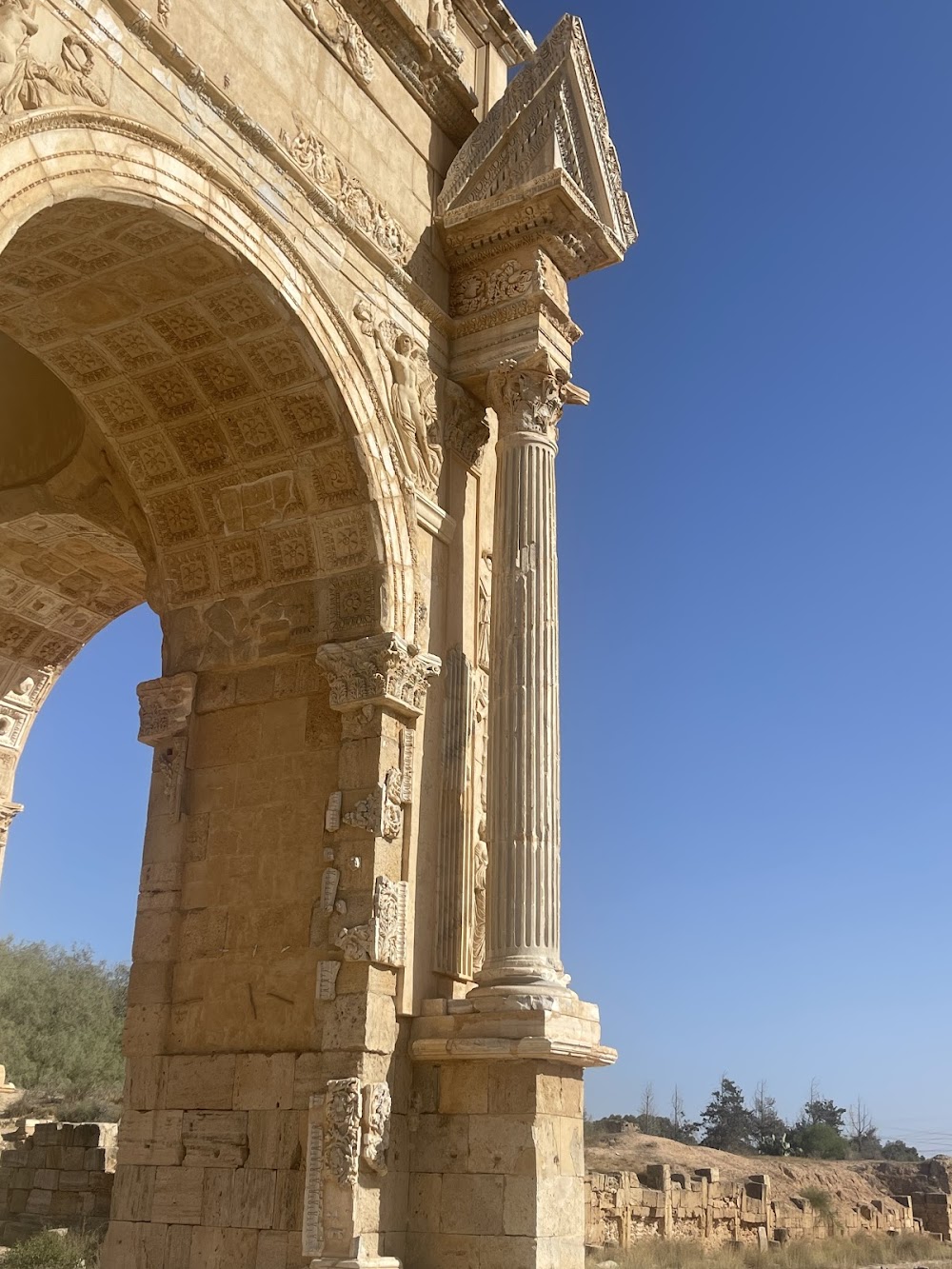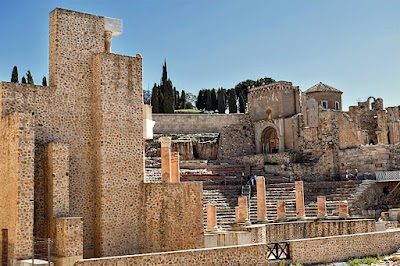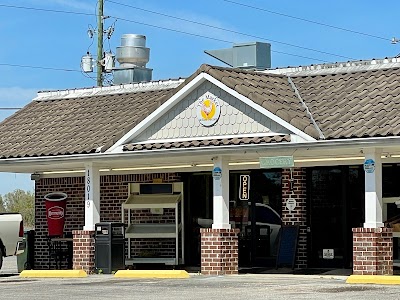Choma (خومة)
Overview
In the heart of Murqub, Libya, the historic district of Choma stands as a remarkable testament to the richness and resilience of ancient civilizations. This captivating area, celebrated for its intricate architecture and cultural heritage, draws visitors from around the globe. Choma's origins can be traced back to the early Roman period, reflecting the empire’s ambitious expansion into North Africa.
The Romans were renowned for their advanced engineering, and Choma showcases these skills in stunning detail. The city was constructed using locally sourced stones and marbles, meticulously carved and arranged by skilled masons. These materials were chosen not only for their durability but also for their aesthetic appeal. The main buildings—such as the baths, market squares, and the residences of prominent citizens—boasted ornate columns and detailed friezes. This exquisite attention to detail not only communicated the wealth of the city but also highlighted the artistry of the era.
One of Choma's standout features is its extensive network of aqueducts and water management systems. The Romans ingeniously engineered these structures to supply the city with fresh water, a critical resource in the arid North African climate. Designed to utilize gravity, these aqueducts ensured a steady flow of water from distant springs to the city's heart. This sophisticated system included public fountains and bathhouses, emphasizing the importance of communal living spaces and cleanliness in Roman culture.
Choma also served as a bustling commercial hub, strategically positioned along trade routes that connected various parts of the Roman Empire. Its central location attracted merchants from diverse regions, turning the city into a vibrant melting pot of cultures and traditions. The lively markets of Choma overflowed with activity, offering a variety of goods ranging from exotic spices and fine textiles to locally produced olive oil and ceramics. The economic prosperity of the city was evident in the lavish homes of wealthy merchants and public buildings adorned with intricate mosaics and statues.
Despite the changes in occupation over the centuries—including periods of Byzantine and Arab control—Choma has remarkably preserved much of its Roman architectural heritage. Ongoing efforts to restore and conserve these ancient structures allow modern visitors to step back in time and experience the grandeur of the past. Archaeologists and historians have tirelessly excavated and studied the ruins, piecing together the daily lives of Choma’s former inhabitants and uncovering artifacts that provide valuable insights into their sophisticated way of life.
Today, modern-day Murqub honors Choma not only as a historical site but also as a symbol of cultural continuity and resilience. The city serves as an educational resource, with guided tours and informational plaques that help visitors understand the significance of what they are witnessing. Local schools also make regular visits to the site, teaching students about their heritage and the contributions of past civilizations to their present-day identity.
Interestingly, some of the traditional building techniques used in the creation of Choma have been revived in contemporary construction in Murqub. Local artisans and architects draw inspiration from Roman methods, incorporating durable materials and practical designs into their work. This connection between ancient and modern practices highlights an enduring appreciation for quality and functionality in Libyan culture.
Choma's story transcends its physical structures; it embodies the ingenuity and adaptability of the people who designed, built, and lived within its walls. Their legacy continues to influence and inspire the residents of Murqub, ensuring that the ancient spirit of Choma endures through the ages.









